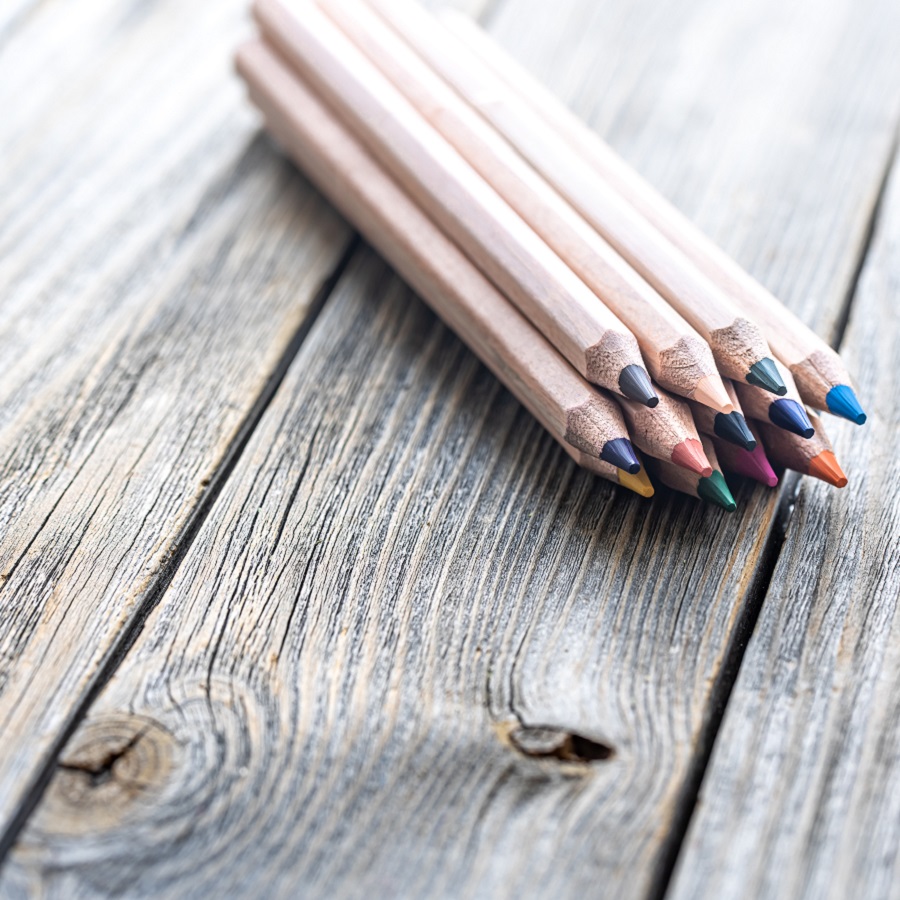Heat transfer pencils have long been a staple in the craft and design world. They offer a unique way to transfer intricate designs onto various materials, making them popular among hobbyists and professionals alike. However, as with any tool, they come with their own set of challenges and limitations. This article explores these issues and delves into potential alternatives that may better serve your creative needs. If you’re looking for a more efficient and reliable method, keep reading to discover viable solutions and tips for making the switch. For small batch custom pencil orders, check out cpencils.com.

Heat Transfer Pencils: What Are They and How Do They Work?
Heat transfer pencils function by using heat to transfer a design from the pencil onto a fabric or other material. This is achieved by drawing the design on a piece of paper, placing the paper onto the target surface, and applying heat, usually through an iron. The heat activates the special ink or pigment in the pencil, causing it to transfer onto the material.
These pencils are commonly used in various crafts, including quilting, embroidery, and DIY fashion projects. However, while heat transfer pencils might seem like a versatile tool, they come with their fair share of limitations. Issues such as uneven transfer, limited color options, and durability can all affect the quality of your work.

Challenges and Limitations of Heat Transfer Pencils
One of the main challenges with heat transfer pencils is their inconsistency. Users often report uneven transfers where parts of the design don’t fully adhere to the material. This can be frustrating and time-consuming, especially when working on intricate designs. Additionally, the limited color range of heat transfer pencils can restrict your creativity, making it difficult to achieve the desired aesthetic.

Another common issue is the durability of the transferred designs. Unlike other transfer methods, heat transfer pencils can sometimes result in designs that fade or wash out over time. This can be particularly problematic for items like clothing or home décor that require regular washing. Given these challenges, it’s no surprise that many users are on the lookout for more reliable alternatives.
Exploring Alternative Solutions
Fortunately, there are several alternatives to heat transfer pencils that offer more consistent and durable results. One such option is heat transfer paper. This method involves printing your design onto special paper and then using heat to transfer it onto your chosen material. Heat transfer paper is widely available and can be used with both inkjet and laser printers, making it a versatile and accessible option. For more information on how to use heat transfer paper, check out this guide.
Another alternative is using heat transfer vinyl (HTV). HTV is a material that can be cut into shapes or designs and then applied to fabric using heat. It comes in a wide variety of colors and finishes, including glitter and metallic, allowing for greater creative freedom. HTV is also known for its durability, making it a popular choice for custom apparel and accessories. You can explore a range of HTV options and techniques at Expressions Vinyl.
For those who prefer a more traditional approach, iron-on embroidery transfers are an excellent option. These transfers involve pre-printed designs that you can iron onto fabric, creating a guide for your embroidery work. This method is particularly useful for detailed and intricate designs, as it provides a clear outline to follow. More details about iron-on embroidery transfers can be found at Sublime Stitching.
Making the Switch: Tips and Considerations
Switching to a new transfer method can seem daunting, but with a few tips and considerations, the process can be smooth and rewarding. Firstly, consider the specific needs of your project. If you’re working on a fabric that requires frequent washing, HTV might be the best option due to its durability. On the other hand, for intricate designs or multi-color transfers, heat transfer paper may offer the flexibility you need.
When using heat transfer paper, it’s crucial to follow the manufacturer’s instructions for the best results. This includes using the correct printer settings and ensuring that the paper is properly aligned with your material. Similarly, when working with HTV, make sure to use the appropriate cutting tools and heat settings to achieve a clean and lasting transfer.
Additionally, consider sourcing your materials from reputable suppliers. For large-scale custom pencil orders, durzerd.com offers a wide range of options to meet your needs. For smaller batches, cpencils.com provides a convenient and reliable service.
By evaluating your needs and exploring these alternative methods, you can find a solution that enhances your creative projects while avoiding the pitfalls associated with heat transfer pencils. Whether you’re a seasoned crafter or a beginner, these alternatives offer a range of benefits that can elevate your work to the next level.



